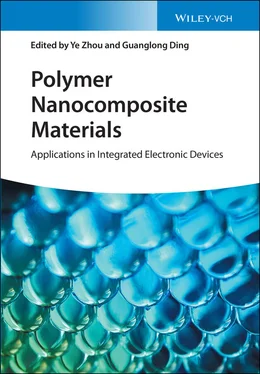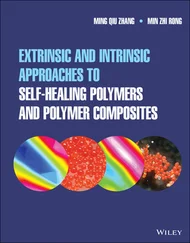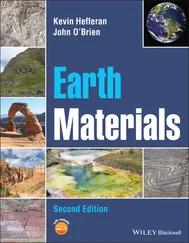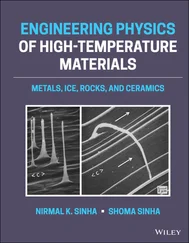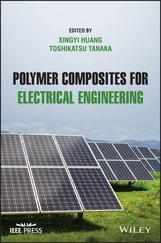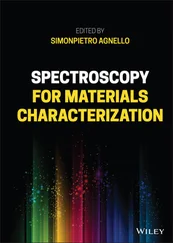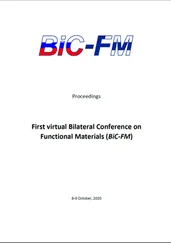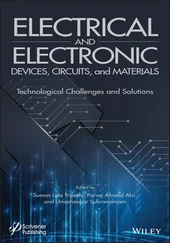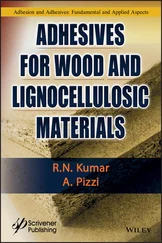1.4 The Properties of Polymer Nanocomposites
In PNCs, many properties of the original polymer can be greatly improved, as well as new properties resulting from the addition of nanoparticles. As shown in Figure 1.4, the main properties of PNCs are listed, covering physical, chemical, and biological areas. In general, the improvement level of properties is determined by the size, loading capacity, aspect ratio, dispersion uniformity, and interface interactions of the nanofillers with polymer matrix [4].
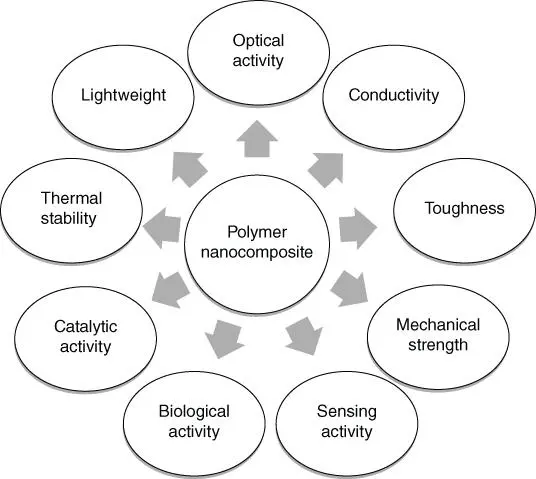
Figure 1.4 Significant properties of polymer nanocomposites.
For example, most polymers don't possess conductivity except some conducting polymers, which is due to the covalent bonding of polymers and the lack of electron channels or ion migration. Interestingly, new PNCs formed by adding conductive nanofillers to insulating polymers exhibit many electrical properties. As early as 1994, Ajayan et al. used CNTs as reinforcement materials to prepare PNCs [77]. Since then, there have been a lot of researches on using CNTs as fillers to improve the electrical properties of PNCs. Only a small volume fraction of such fillers is needed to improve the electrical properties of polymers by several orders of magnitude effectively [78].
1.5 Synthesis of Polymer Nanocomposites
In the synthesis of PNCs, it is necessary to uniformly distribute the fillers into matrix in order to realize the functions of fillers. However, due to the fact that the fillers are nanoscale, the uniform dispersion is much different from that of the microscale fillers, which is mainly manifested in the following aspects. First, if the filling operation is carried out according to the volume fraction, much more nanometer fillers than the microfillers are required at the same volume fraction. Therefore, the nanoparticles in matrix are very crowded with greater van der Waals and electrostatic interactions between the particles, making it difficult to distribute evenly. Second, the anisotropic nanofillers have a very high aspect ratio, which makes them more prone to agglomerate. For example, monolayer graphene has aspect ratio of about 10 4, so they tend to reduce their surface energy by π–π stacking. Third, a large amount of nanofillers with huge surface area is loaded in the polymer matrix, which will produce a large interface area and change the overall performances of the PNC. Therefore, the decisive step in the synthesis of PNCs is the uniform dispersion of nanofillers in polymer matrix. As shown in Table 1.2, the common methods to disperse nanofillers and prevent the aggregation of nanoparticles by using external energy are summarized.
Table 1.2Summary of common methods for synthesis of polymer nanocomposites.
| Technique |
Suitable filler |
Suitable matrix |
Solvent |
Controlling factors |
| Ultrasonication-assisted solution mixing |
All types |
Liquid or viscous monomers or oligomers of thermosets |
Required |
Sonication power and time |
| Shear mixing |
Nanosheets |
Liquid or viscous monomers or oligomers of thermosets |
Required |
Shapes of the rotor blades, rotating speed and time |
| Three roll milling |
Nanosheets and nanotubes |
Liquid or viscous monomers or oligomers of thermosets |
Not required |
Speed of roller, gap between adjacent roller |
| Ball milling |
All types |
Liquid or solid thermoplastics and thermosets |
Not required |
Time of milling, ball size, rotating speed, ball/nanofiller ratio |
| Double-screw extrusion |
All types |
Solid thermoplastics |
Not required |
Processing temperature, screw configuration, rotation speed |
| In situ synthesis |
All types |
Liquid or viscous monomers or oligomers of thermosets |
Required |
Chemical reaction conditions, temperature, condensation rate |
1.5.1 Ultrasonication-assisted Solution Mixing
The most widely used approach to produce PNCs is ultrasonication-assisted solution mixing [79–83]. In this method, the nanofillers and polymer are initially dissolved in a solution. Then the nanofillers are evenly distributed in the matrix in assistant of the ultrasound. Afterwards, the PNCs are obtained by evaporation of the solvent. The nanoparticles are separated from the agglomeration state to the smaller units by the ultrasonic energy, which is higher than the energy of interaction between the nanomaterials in the aggregates. With the increase of ultrasonic time, the aggregates of nanofillers are broken down into smaller ones, and even become individual nanoparticles independent of other nanoparticles in the polymer. In addition, this process often occurs at a high temperature, which can initiate in situ polymerization of reactive monomers or their soluble prepolymers with nanomaterials to enhance interfacial interactions [84].
Due to the simple operation and stable performance, the ultrasonic-assisted solution mixing method has been widely used in the researches of new nanocomposites. However, due to the poor effect of ultrasound in high viscosity solution, most of the polymers need to be dissolved in a high boiling point solvent and maintain a low concentration, which will affect the process of solvent removal and ultimately reduce the quality of the nanocomposites. Therefore, when using this method, it is important to pay attention to the choice of solvent.
Compared with the ultrasonic-assisted method, shear mixing is a much more common and simple method, which only requires the stirring process and has the potential for industrial mass production [85]. In the process of stirring, the shear force generated by stirrer rotating is used to separate the aggregates of nanofillers. Due to the low strength of the shear force, the nanoparticles will be separated under stirring and then aggregated again, so it is generally necessary to increase the speed of the agitator to complete the separation. This method generally does not destroy the structure of nanofillers; therefore it is suitable not only for separating loosely bound nanoaggregates, but also for stripping off some layered nanosheets. In addition, this method needs to be carried out in low viscosity solvent just like ultrasonic assisted method.
Three roller milling is a method of dispersing nanofillers by the shearing force between rolls in high viscosity matrix, such as ink, paste material, coating, etc. The machine of three roll milling is composed of three cylindrical rollers with different rotating speeds, and the adjacent rollers rotate in the opposite direction. The particle size distribution and uniformity of the packing can be well controlled as the speeds of the rollers and the gap between them are adjustable. In addition, the shearing force generated between the rollers is higher than that generated by stirring, so the method can be applied to high viscosity materials, and carried out under the condition of little or no solvent. Therefore, this method is often used to disperse some anisotropic nanofillers, such as CNTs [86–89], graphene nanosheets [90–92], nanoclays [93–95], and so on.
However, it should be noted that the distance between adjacent rollers should be at least 1 μm, so the dispersion effect of nanospheres with three-dimensional direction less than 100 nm will not be good. The aggregates of nanospheres can only be turned into smaller units, not broken into individual particle. On the other hand, the rotation of the roller requires the addition of viscous materials, and nanofillers can only be dispersed in the thermosetting matrix but not in the thermoplastic matrix.
Читать дальше
